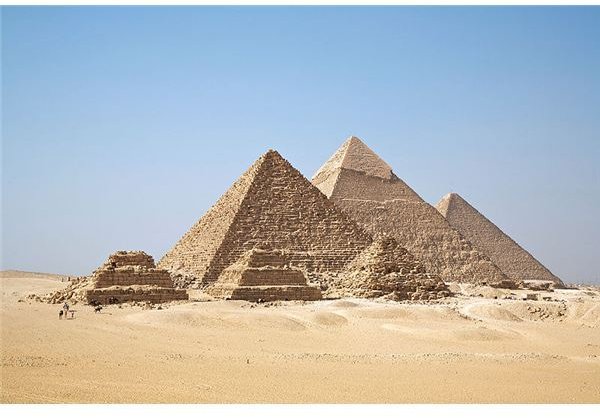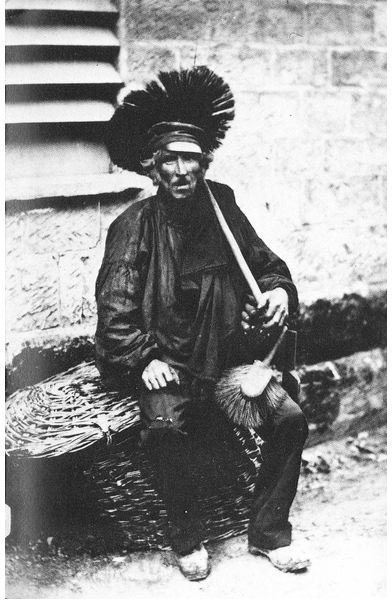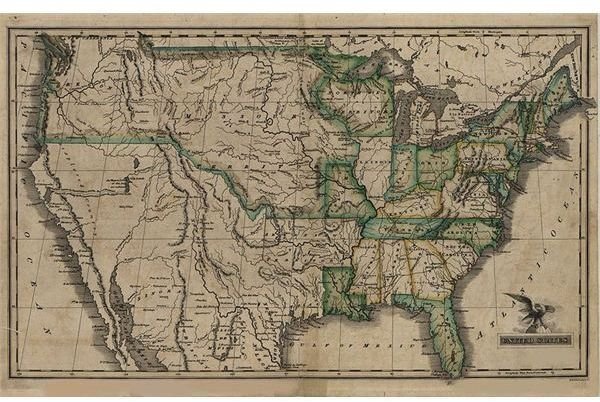Social Studies Project Ideas for Kids: Tips on Choosing & Presenting Your Topic
What’s the secret to choosing a good topic for your social studies project? First you’ll need to select something that interests you that isn’t too broad or generalized. Next, consider how you will present what you’ve researched about your topic.
If you’ve ever visited a museum, think about how museums present their displays and which aspects make their displays interesting. Three dimensional artifacts gain more interest than simple explanations typed and displayed on a wall in a pretty frame. And how often have you been in a museum that utilizes videos and technology to explain time periods or concepts? More and more often, history museums are creating these types of displays to pique the interest of the modern museum visitor. You can use many of these same elements in your own project. The following ideas and tips are sure to result in a quality product and a top-notch grade.
Let’s Get Started
Choose an original topic. First, choose a category within social studies: history, economics, government, geography, sociology, or archaeology are good places to start. For example, if you were curious about Australian geography, you should choose one region of Australia to discuss. If you didn’t narrow the topic, you’d either have too much to write or you wouldn’t cover the subject completely and thoroughly.

- Famous People
- Famous Wars
- Famous Events
- Geography
- Time Periods
- Discoveries of Ancient Cities/Civilizations
- Geographic Regions of Continents/Countries/States
- Social Movements
- Political Parties
- Types of Government
- Merchants Through the Ages
- Means of Transportation
- Inventors
- Works of Literature that Changed History
- City Planning
- Abandoned Settlements or Forts
Researching Your Topic

I’ve spoken with many social studies teachers and I can’t stress this enough: do not simply copy and paste information from the internet and call it your project. Reading information on-line, in books and encyclopedias, watching T.V. shows about your topic, or whatever research you complete is just that—research. Your completed project should list facts, but also your opinions and conclusions. If you can’t paraphrase a section of information, list your sources and some sort of explanation as to why it is so important to quote.
Another interesting aspect you can include in your research would be to describe life before and after your event, your significant person, or such came along. How did your topic change history or society? Even if you’re not focusing on a single person in history, history happens because people make it happen, so who will you mention on your report? Pictures, a brief biography, and the person’s impact on the event would be a good idea to include in your social studies project for school.
For a fascinating twist, try researching an unusual perspective for your social studies project. If you’re focusing on one person, what did the people who disliked him think? Rather than focus on a leader, try researching a person from a different level of society. For instance, if you’d like to research the Industrial Revolution in England, try narrowing your topic to what were some of the worst jobs to have during the Industrial Revolution? A report about a chimney sweep’s life would stand apart from the other ten projects about royalty or presidents from that time period.
Presenting Your Project

Find a unique way to present your information. You need not always use square or rectangular sheets of paper. Try presenting your information on something pertaining to your research. For instance, if you studied ancient Greece, tape your documents onto a background shaped like a Grecian shield or the Parthenon. If you were studying westward expansion, cut out a wagon-shaped background. Those types of details will definitely be noticed and appreciated.
As you gather your data, consider adding images such as maps to your research. Battle maps, city planning, the 3-D topography of an area–all of these maps offer your viewer perspective. Make sure your map comes equipped with a legend, a title, and an explanation. For variety, another great idea for your social studies projects for school would be to use multiple maps to show changes to an area. In addition to maps, provide plenty of illustrations and pictures. If you print copies from online, make sure you list your sources.

If another poster board project is not your idea of a cool project, try using technology for presenting your final product. Technology adds a great touch to your social studies projects for school. Products such as Power Point or Key Note presentations, short movies, or podcasts offer an edge if used properly. Make sure you understand how to use this technology before attempting the task.
Other options include creating costumes from the time period, performing a short skit, or using art to express what you’ve learned. Make sure you get your teacher’s approval before you start creating a project which is beyond the normal poster board standard.
Tips for the Finishing Touches
The research is completed and the project product has been decided. How will you make sure your work is successful? If you’re placing your work on a poster board, one handy tip for presentation is to stick to three complementary colors. Use the main colors for your title, your picture and report backgrounds, and your font color. Too many colors detract from the project and often appear too ‘busy.’ Not enough color makes your project look plain. Also, don’t overdo the glamour of your work by going glitter crazy or utilizing too many creative edge styles. Stick to one or two edges at the most.
Something else to consider if you have chosen to create a 3-D project is to make sure you have space available to create it, store it, and can easily transport it to school. If the project can be broken up into parts, especially if the work is heavy or awkward to move, you will have a much easier time getting the project into the classroom in separate pieces. Finally, if your project contains loose pieces, such as soldiers, items to represent snow, water, or land (and the list goes on), be prepared with plastic bags to store these items.
Perhaps the best advice to offer anyone working on a project is simply to get started immediately. If not, you’ll be stuck in the thick of things with pressing deadlines wondering why you waited so long. A project completed ahead of deadline feels immensely satisfying and offers you the opportunity to sit back and enjoy the hard work and effort you put into your social studies projects for school. Good luck!
References
-
Images courtesy of wikimedia.org:
http://commons.wikimedia.org/wiki/File:Globe.png
http://commons.wikimedia.org/wiki/File:Map_of_the_United_States_1823.jpg
http://commons.wikimedia.org/wiki/File:All_Gizah_Pyramids.jpg
http://commons.wikimedia.org/wiki/File:Chimneysweep.png
http://commons.wikimedia.org/wiki/File:Military_museum_Hamilton_Ontario.jpg
